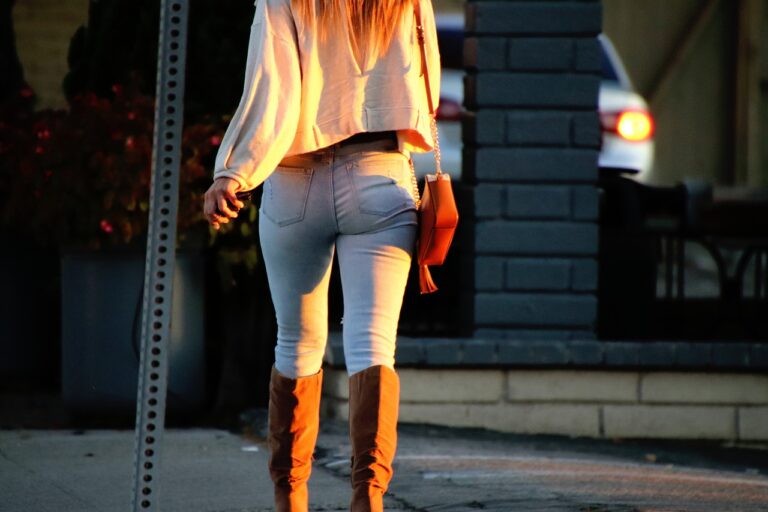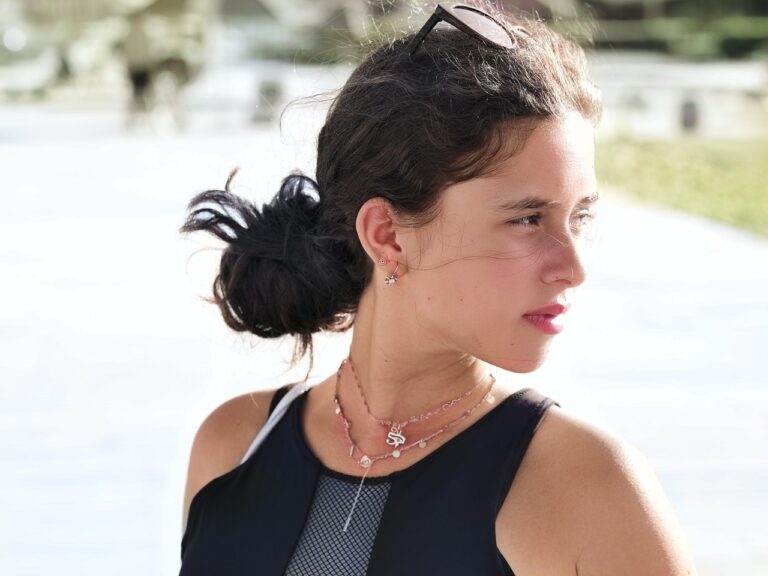Fashion and Film: Analyzing Costume Design in Classic Movies
The role of costume design in classic movies cannot be understated. The clothing worn by characters serves as a visual cue that helps to establish their identities and personalities without the need for extensive dialogue. In many cases, the costumes themselves become iconic and are forever associated with the characters they represent.
Costume designers carefully select and craft each outfit to enhance the storytelling process. The color, style, and texture of the clothing chosen can convey a character’s socio-economic status, emotional state, or even hint at their future development throughout the film. Through this attention to detail, costume design becomes an integral part of the cinematic experience, enhancing the narrative and creating a deeper connection between the audience and the characters on screen.
The Evolution of Costume Design: From Silent Films to Technicolor Classics
Silent films paved the way for the importance of costume design in movies. In these early films, costumes played a crucial role in conveying character traits and setting the tone for the story. With limited dialogue, clothing became a powerful tool for expressing emotions and defining relationships between characters.
As technology advanced and films transitioned to technicolor, costume design became even more intricate and vital to storytelling. The vibrant colors and detailed costumes in technicolor classics added a new dimension to the visual storytelling of movies. It allowed costume designers to fully realize their creative vision and enhance the audience’s understanding of the characters and the world they inhabit.
Iconic Costumes in Film History: How Wardrobe Choices Define Characters
Costumes play a crucial role in defining characters in film. From the elegant ball gowns of a princess to the rugged leather jackets of a rebellious hero, wardrobe choices are meticulously selected to convey a character’s personality, background, and motivations. In iconic films like “Gone with the Wind” and “Breakfast at Tiffany’s,” the costumes worn by Scarlett O’Hara and Holly Golightly not only showcase the fashion of their respective eras but also serve as visual cues for their complex personalities and societal roles.
Moreover, iconic costumes have the power to transcend time and become synonymous with the characters themselves. Think of the sleek black bodysuit worn by Trinity in “The Matrix” or the ruby slippers of Dorothy in “The Wizard of Oz.” These garments have become emblematic symbols of strength, resilience, and the hero’s journey, forever ingrained in popular culture as timeless representations of their on-screen personas. In essence, costume design is a silent yet powerful storytelling tool that allows characters to speak volumes without uttering a single word.
What role does costume design play in classic movies?
Costume design plays a crucial role in classic movies as it helps establish the time period, social status, and personality of the characters.
How has costume design evolved from silent films to technicolor classics?
In silent films, costumes were simpler and often exaggerated to convey emotions. With the introduction of technicolor, costume designers had more freedom to use vibrant colors and intricate designs to enhance the storytelling experience.
Can you give examples of iconic costumes in film history?
Some iconic costumes in film history include Marilyn Monroe’s white dress in “The Seven Year Itch,” Audrey Hepburn’s black dress in “Breakfast at Tiffany’s,” and Judy Garland’s blue gingham dress in “The Wizard of Oz.”
How do wardrobe choices define characters in movies?
Wardrobe choices help define characters by giving the audience visual cues about their personality, background, and motivations. For example, a character dressed in a suit may be perceived as professional and serious, while a character in casual clothing may be seen as laid-back and carefree.







